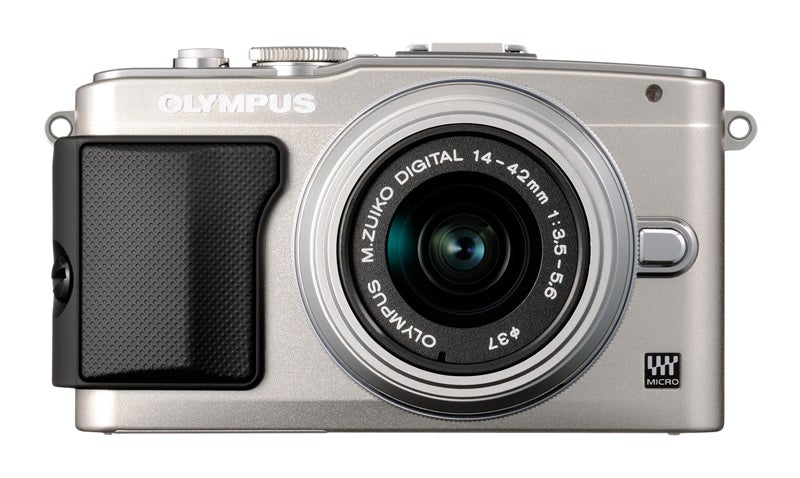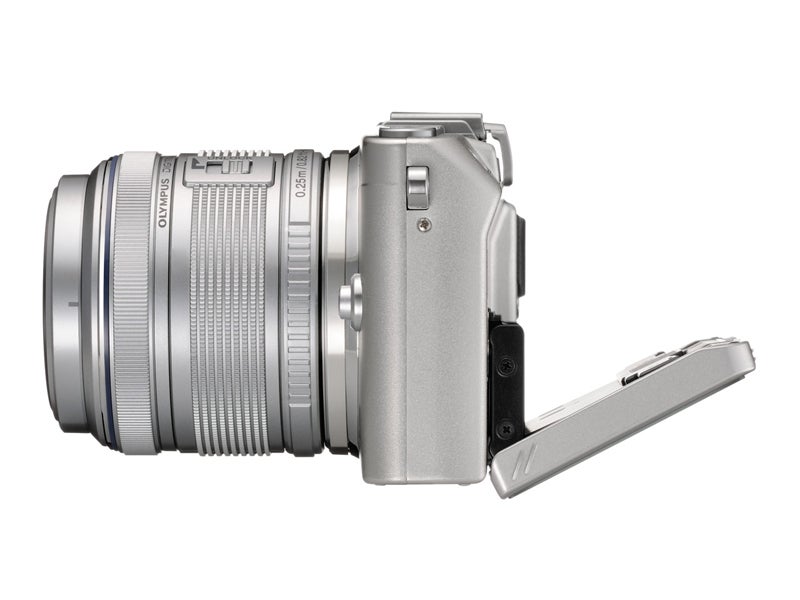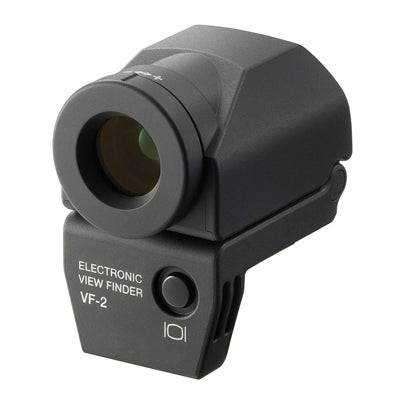Is the latest PEN more than just an incremental upgrade? We find out in the What Digital Camera Olympus PEN E-PL5 review
Olympus PEN E-PL5 Review
With the previous Olympus PEN Lite E-PL3 struggling to stand out from the crowd, does the Olympus PEN E-PL5 deliver enough new tricks to make a case for itself?

Olympus PEN E-PL5 review – Features
Rather than sticking with the 12.3MP Live MOS sensor found in the earlier generation of PEN CSCs, the Olympus PEN E-PL5 features the same 16.1MP Live MOS sensor as Olympus’s flagship OM-D E-M5, along with the TruePic VI image processor. This sees the Olympus PEN E-PL5 capable of shooting at ISO ranges from 200 to 25,600, improving on the Olympus PEN Lite E-PL3’s ISO ceiling of 12,800, though a baseline ISO of 100 would have been welcome. As well as that, the Olympus PEN E-PL5’s burst mode has also been sharpened up, improving on the Olympus PEN Lite E-PL3’s 5.5fps to an impressive, but not class-leading, 8fps.
The screen has also been tinkered with. The 3in widescreen 16:9 aspect ratio display with a 460k-dot resolution remains the same as the Olympus PEN Lite E-PL3, but touchscreen functionality has now been incorporated, just like we’ve seen on the OM-D, though this benefits from OLED technology and a higher resolution of 610k-dots. The amount by which the screen can be angled has also been improved over the Olympus PEN Lite E-PL3, with the Olympus PEN E-PL5’s screen now able to rotate 170° out from the camera body (improving on 85°) to face forward, allowing easy composition for self-portraits if that’s your thing, while it can face downwards 45° for shooting from up above and be positioned for waist-level shooting also.

In an effort to keep its size down, the Olympus PEN E-PL5 doesn’t feature a built-in flash; instead, the Olympus PEN E-PL5 is bundled with a small flashgun that can be slotted on to the hotshoe, which may be considered a bit of a nuisance. The hotshoe also works in conjunction with Olympus’s Accessory Port 2 at the rear of the camera, allowing you to connect a range of accessories, such as the very good VF-2 electronic viewfinder.

Rather than the sophisticated 5-axis image stabilisation system employed by the OM-D, the Olympus PEN E-PL5 sports a more conventional 2-axis system, though it being body-based does mean that it’s effective with every lens attached, rather than the majority of systems that opt for lens-based anti-shake systems. One such system is the Panasonic G-series, which is based round the same Micro Four Thirds system as the PEN series. With the same lens mount shared between the two brands, it’s natural to expect that some image-stabilised Panasonic lenses will find their way on to an Olympus PEN E-PL5. With this in mind, the Olympus PEN E-PL5 now features a Lens IS Priority mode in the menu, giving you the option to set priority to whether you use the lens or the camera’s IS system.
The Olympus PEN E-PL5 builds on the 35-point AF system that’s been on previous PEN cameras. The 35 points still cover the majority of the frame, though not to the very edge of the image, but the Olympus PEN E-PL5 now allows you to refine the size of the AF frame. So as well as having a standard AF point size, this can be increased to a single nine-point square, the entire 35-point area or an even smaller AF point for even greater precision.
As you’d expect for a PEN camera, the Olympus PEN E-PL5 is loaded with 12 Art filters, and while the E-PL5 doesn’t feature built-in Wi-fi connectivity, images can be transferred from the camera via the additional PENPAL accessory attachment or FlashAir SD cards.





